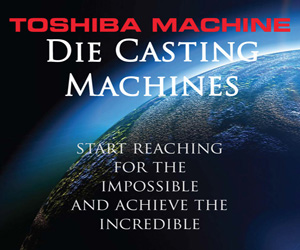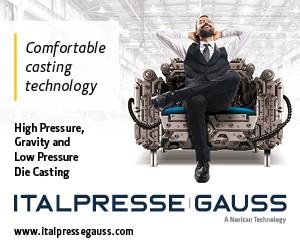Impacted by innumerable variables, the economics of manufacturing a part are complex.
However, it is good to have a general knowledge of the primary cost determining factors. Doing so will not only help you determine if die casting is an economically viable option for you, but will help allow you to incorporate economy into your part starting with the design phase.
There are two primary drivers of cost in regards to die casting:
Material Costs
Material costs for a part include factors such as net material cost, material per unit of volume, waste or scrap, and so on.
Die casting is generally performed using non-ferrous materials, usually metals such as zinc, magnesium, and, most commonly, aluminum. As for most raw materials, the cost of these materials is gradually increasing. The cost climb is erratic, with up and down periods that may last years, but the overall trend is undeniably upward.
Processing Costs
The second primary cost driving factor for die casting is processing costs. These costs follow a standard inflationary trend, slowly increasing over the long term with periodic interruptions brought about most commonly by technological advances.
Processing costs for die casting are composed of three different factors: tooling, die casting, and secondary processing costs. Die casting cannot be performed without a die, so tooling one – as well as replacements, since the dies will eventually wear down – is an obvious necessity. The actual die casting process adds to the processing costs, and performing secondary operations such as flash trimming rounds it out.
Learn More
To learn more about the basics of manufacturing economics, watch the video or contact NADCA today.








